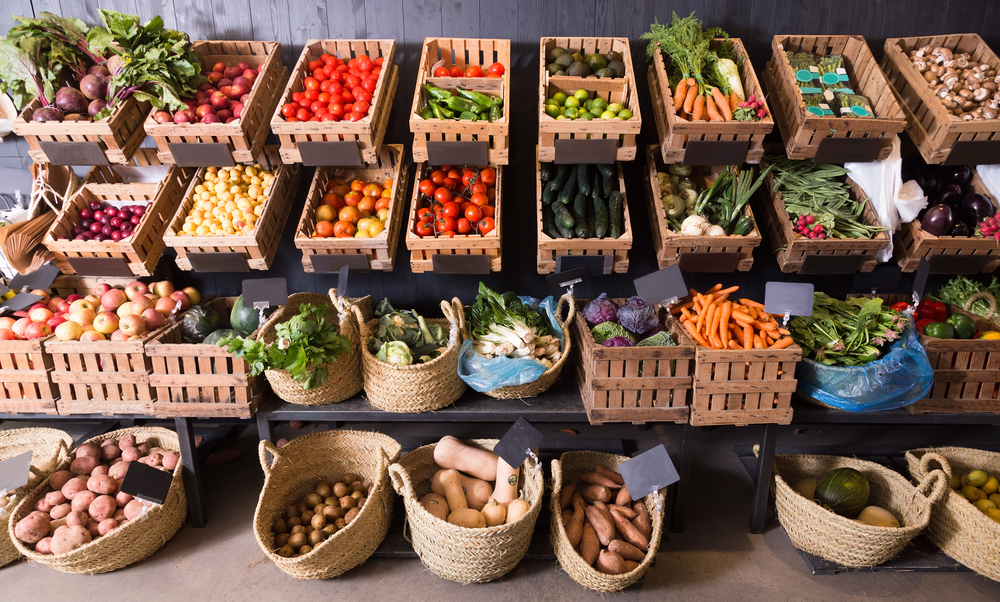On the other hand, there are lots of holes in the data to which the estimations are based.

The United States puts a massive amount of emphasis on its dietary guidelines and recommendations; they are the backbone for huge programs such as SNAP (formerly known as food stamps) and the school lunch program. Given that the country is so deeply into collecting and disseminating broad data about how people should eat, it would make sense for the country to be equally interested in what Americans actually do eat.
The CDC recently revealed some of the most recents results of this sort, in the form of data about fruit and vegetable intake. (It’s from 2019 data, just now processed and available.) This data shows insanely low numbers: 12.3 percent of Americans met their recommended intake of fruit, and 10 percent met their recommended intake of vegetables. But where did this data come from?
Those federal recommendations are created by the National Health and Nutrition Examination Survey, or NHANES. But NHANES is done via a comparatively small representative sample, and it can’t be extended to states, which is weird item number one here: The data used to make broad generalizations about how Americans eat is not detailed enough to tell us how Maine differs from Louisiana.
To make up for that, any more specific data on what Americans eat comes from the Behavioral Risk Factor Surveillance System, or BRFSS, which is a CDC survey that asks people what they eat. The BRFSS was revamped in 2017, with the aim of speeding up the survey process and making it easier to understand. It remains very weird.
The BRFSS section on fruits and vegetables (it’s called a “module”) asks six questions, all asking for how many times in the past 30 days a certain food was eaten. It asks about: 100-percent fruit juices, all other fruits, leafy salads, fried potatoes, non-fried potatoes and all vegetables that aren’t either salad or potato. Those questions, in turn, were taken from a survey designed by the National Cancer Institute to measure the diets of children. The potato emphasis, although strange, is noted by the CDC as a reliable indicator of fruit and vegetable intake; this comes from previous National Cancer Institute studies, which were focused on lunches served to students by schools. Basically, they found that in a la carte situations, where students—kids—could choose their foods, kids tended to take more fruits and vegetables when they also took fried potatoes. They also were more likely to actually eat fruits and vegetables when they ate fried potatoes, according to interviews done by the researchers in that study. No observation of actual intake was done, so we’re kind of relying here on an adult asking a kid if they really ate their veggies along with their French fries.
Another strange factor: This is all based on survey data, which is notoriously unreliable. These researchers literally called random numbers and asked people how many one-cup servings of vegetables they’d eaten per day in the past 30 days. Can you do that remotely accurately? How much is a cup of asparagus? How much is a cup of banana? Is one banana a cup? (No. Probably more like 0.5 to 0.75 cups.) The CDC used an algorithm to guess at the actual amount of fruits and vegetables eaten, and it acknowledges that there’s a reasonable chance those guesses are wrong.
There are huge issues with these studies; it’s usually recommended that the BRFSS data is used in concert with NHANES, because neither is all that helpful on its own. This CDC release uses only BRFSS. There are also lots of holes in the data; about 14 percent of respondents left off fruit and vegetable data, and those were disproportionately older and poorer than the median respondents. And, of course, the CDC has absolutely zero data on any US territory, accounting for some 5 million people.
Anyway, it does appear that Americans aren’t getting enough fruits and vegetables, despite this country being somewhere in the top five national producers of these foods worldwide. There are many reasons for this, including massive subsidies that prop up unhealthy foods rather than healthy ones. Here’s how much emphasis the USDA puts on fruits and vegetables: Fruits, vegetables and nuts are classified as “specialty crops” by the USDA.